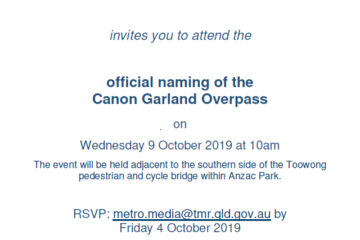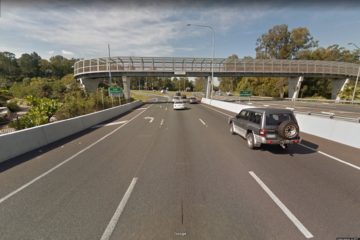Anzac Day’s significance
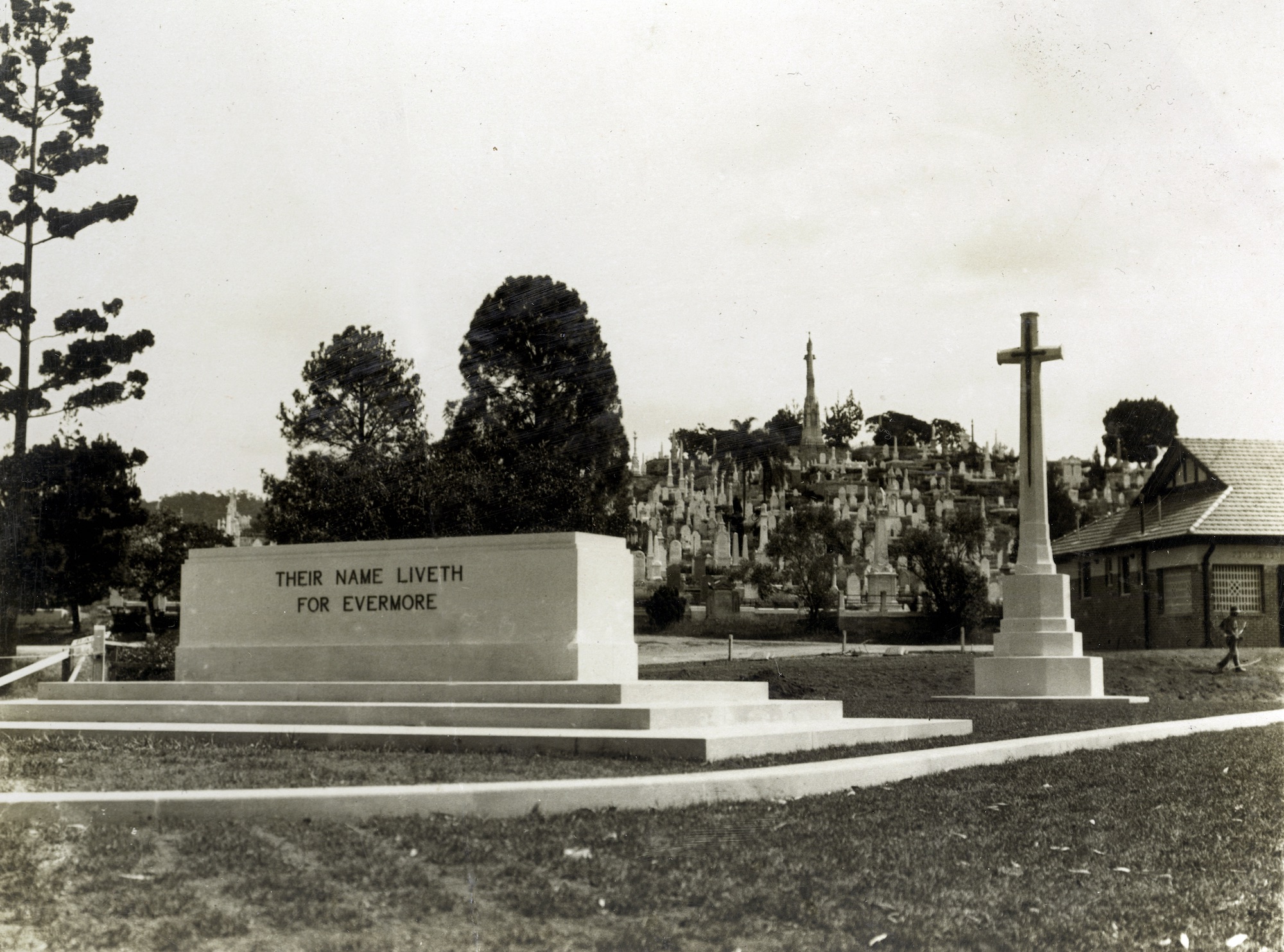
ABOVE: The newly-completed Stone of Remembrance and Cross of Sacrifice at Brisbane’s Toowong Cemetery, pictured just before Anzac Day in 1924. The graves of some 300 former First AIF personnel are located near this corner of the cemetery, which is in the Federal electorate of Ryan, itself named after former Queensland Premier and Queensland Anzac Day Commemoration Committee chairman, Thomas Joseph Ryan.
‘An occasion for humility and reverence’ –
Member for Ryan on importance of Anzac Day
Mrs JANE PRENTICE (Ryan) (12:25): “I commend the Member for Higgins for bringing this motion forward.
I appreciate the opportunity to speak in support of it.
“Anzac Day is very important to my family in so many ways.
“I am the mother of a serving soldier in the Australian Army; the daughter of a fighter pilot from World War II and subsequently a prisoner of war; and the great granddaughter of Sir George Pearce [ George Foster Pearce ], Australia’s longest-serving Defence Minister.
“It was also T.J. Ryan [ Thomas Joseph Ryan ], Premier of Queensland and chairman of the first Anzac Day Commemoration Committee of Queensland, after whom my seat of Ryan was named.
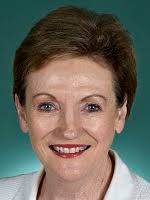
The Hon. Jane Prentice MP
“Also of interest is that Canon David Garland [ David John Garland ], ‘the architect of Anzac Day’ as he is known, is buried in the Toowong Cemetery along with 300 soldiers from the First World War.
“Anzac Day has been observed each year since the memorable landing on Gallipoli on 25 April 1915.
“In no way does the commemoration of Anzac Day glorify war. Rather, it recognises the sacrifice that our servicemen and servicewomen have made.
“It is in this tradition that, as we stand for a minute’s silence each year, we remember that we are standing in the presence of the dead and their living friends and relatives.
“It is an occasion for humility and reverence, for silence and thought. Sir George Pearce, as Acting Prime Minister, formally decreed Anzac Day.
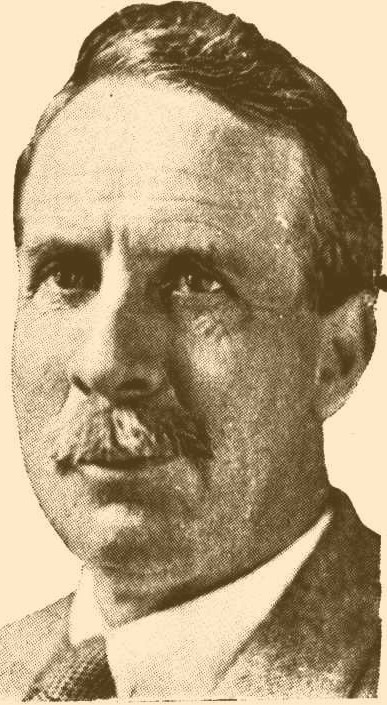
The Hon. George Pearce MP. This image appeared in the Call News Pictorial (Perth) in its 23 August 1929 edition, on page 36.
“In his recent book, Anzac and Empire, John Connor, one of Australia’s leading military historians, details that ‘Pearce was almost single-handedly responsible for creating the key institutions of Australia’s modern defence organisation: the Royal Australian Navy, the Royal Military College, Duntroon and the Royal Australian Air Force’.
“Connor goes on to say that ‘to understand Australia in the Great War, you must understand the man behind it’.
“To say that our fighting men were drawn from the smallest towns and biggest cities is evidenced by the following statistics.
“From 1914 to 1918, Australia was a country of a mere four million people. Yet, 416,000 enlisted for service, representing 38.7 per cent of the total male population aged between 18 and 44.
“Of those, 57,705 were Queenslanders. By the end of the war, nearly 59,000 of our men were dead, 166,811 wounded and 4,000 were missing or prisoners of war.
“At almost 65 percent, the Australian casualty rate was the highest of the war. Of the 63 Victoria Crosses that were awarded, five were from Queensland.
“The ANZACs helped to define us as a people and as a nation.
“They were ordinary Australians who performed extraordinary deeds and who were drawn from the smallest towns and the biggest cities.
“Recently I attended the opening of the Kenmore-Moggill RSL Sub-Branch where I had the opportunity to discuss with Kenmore State High School’s deputy principal, Mr Andrew Blight, the research project being undertaken by the school, in conjunction with the RSL.
“Students are tasked with researching a local soldier killed in action during the First World War.
“This creates the opportunity for the next generation to understand and remember those who made the ultimate sacrifice so that we may live in freedom.
“Students are uncovering the stories of our local heroes as part of the broader community’s centenary commemoration of Anzac.
“St Joseph’s School at Bardon has also undertaken a similar project with their Grade Seven students. It was an honour to join them last week at the Australian War Memorial.
“In my electorate of Ryan, we have taken advantage of the Coalition’s commitment of a further $25,000 to the Anzac Centenary Local Grants Program, totalling $125,000.
“My electorate community committee recently approved a list of very high-quality projects, which will see our community understanding, respect and commemoration grow for the spirit of the ANZACs and for those who paid the ultimate price for our freedom.
“Pending ministerial approval, I look forward to seeing the positive outcome of these grants and the benefit that the projects will have on the wider community and on the broader centenary of Anzac commemorations.
“I wish to close by paraphrasing the sermon of the secretary of the original Anzac committee at St John’s Cathedral, marking Anzac Day 1924.
Quoting from John 15:13, he said: ‘Greater love hath no man than this, that a man lay down his life for his friends’.
“Canon Garland went on to say that there was no room for anything other than a solemn observance of Anzac Day and to expand on his often expressed belief that Anzac Day was the All Souls’ Day of Australia and that it was therefore inappropriate to wear vestments or play joyous music of triumph but rather be penitent and filled with sorry for a world which caused the sacrifice of bright young lives, our dearest and our best.
“Lest we forget.”
– an extract from the House of Representatives “Hansard” from 12:25pm on Monday, 23 June 2014 (page 7042). The-then Member for Ryan, The Hon. Jane Prentice, MP, was speaking on the Anzac Centenary Local Grants Program.
